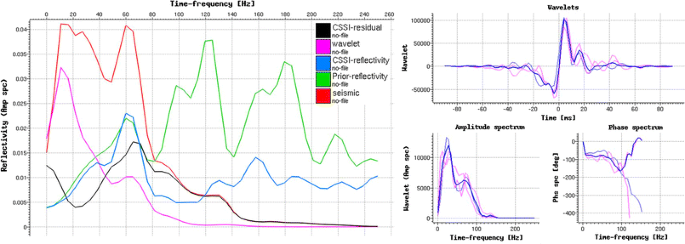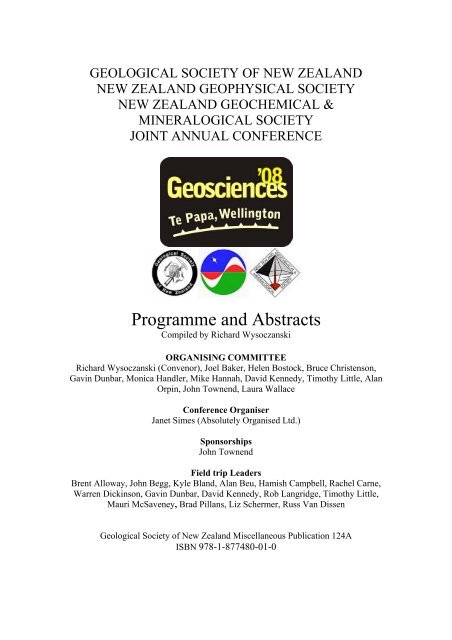

Thus, they have been widely adopted in vibration identification and prediction studies ( Tang et al., 2019 Lu et al., 2020). Hence, a high-performance seismic response identification method is required to enhance the data quality and application efficiency.ĭeep neural networks are effective in extracting in-depth data characteristics and their subsequent identification ( Krizhevsky et al., 2017 Carnimeo et al., 2015b Wang et al., 2019 Nath and Behzadan, 2020). Furthermore, it is challenging to automatically and effectively distinguish the acquired structural seismic responses from normal vibrations based on the amplitude and frequency characteristics.
#Structure oriented filter seismic rokdoc professional#
However, unlike the vibrations collected by professional sensors, most of the smartphone-collected data are human movement-induced vibrations ( Ma et al., 2014), and structural seismic responses are rare. Therefore, crowdsensing could also be adopted in seismic response acquisition. Crowdsensing has been adopted in earthquake early warning systems ( Kong et al., 2016). For instance, environmental vibrations can easily be collected and uploaded to the cloud by smartphones equipped with a linear acceleration sensor and the corresponding APP ( Ma et al., 2014 Kong et al., 2016 Boubiche et al., 2019 Patel et al., 2020 Shrestha and Dang, 2020a Shrestha et al., 2020b).

With the development of crowdsensing and telecommunication technology, conventional data acquisition in structural health monitoring has been changed and reshaped. To this end, high-efficiency and economical methods are required for the acquisition of structural seismic responses on a city-scale. However, the coverage and quantity of city-scale monitoring data are seriously restricted by the high cost of installing and maintaining sensors ( Lynch, 2006 Shirzad-Ghaleroudkhani et al., 2020). Presently, professional and high-performance sensors are primarily adopted in seismic response acquisition. Hence, there is an essential need to monitor the seismic responses of structures ( Carnimeo et al., 2015a Foti et al., 2017). Real-time seismic damage assessment ( Lu et al., 2019a Xu et al., 2020a Xu et al., 2020b), structural seismic damage diagnosis ( Ye et al., 2019 Patel et al., 2020), and the updating of finite element models ( Foti 2015 Lin et al., 2020) are in high demand for structural seismic response data. The structural seismic response is critical to understand the behaviors of structures during earthquakes and mitigate seismic disasters. The earthquake-induced damage and collapse of buildings and infrastructure have caused enormous economic losses and casualties. The validation study confirmed the superior identification accuracy of the proposed method. The latter were pre-trained using finite element models calibrated with the monitored seismic responses of the structures. The core classification process is performed using a combination of wavelet transforms and deep transfer networks. It can distinguish the responses during an earthquake event from vibration under serviceability conditions. The present study proposes a crowdsensing-oriented vibration acquisition and identification method based on time–frequency characteristics and deep transfer learning. The emergence of crowdsensing technology, where a large number of mobile devices collectively share data and extract information of common interest, may help remove such obstacles and mitigate the seismic hazard. The cost of dedicated sensors has hampered the collection of the high-quality seismic response data required for real-time health monitoring and damage assessment. 2Key Laboratory of Civil Engineering Safety and Durability of Ministry of Education, Tsinghua University, Beijing, China.1Beijing Engineering Research Center of Steel and Concrete Composite Structures, Tsinghua University, Beijing, China.Wenjie Liao 1, Xingyu Chen 1, Xinzheng Lu 2*, Yuli Huang 2 and Yuan Tian 2


 0 kommentar(er)
0 kommentar(er)
